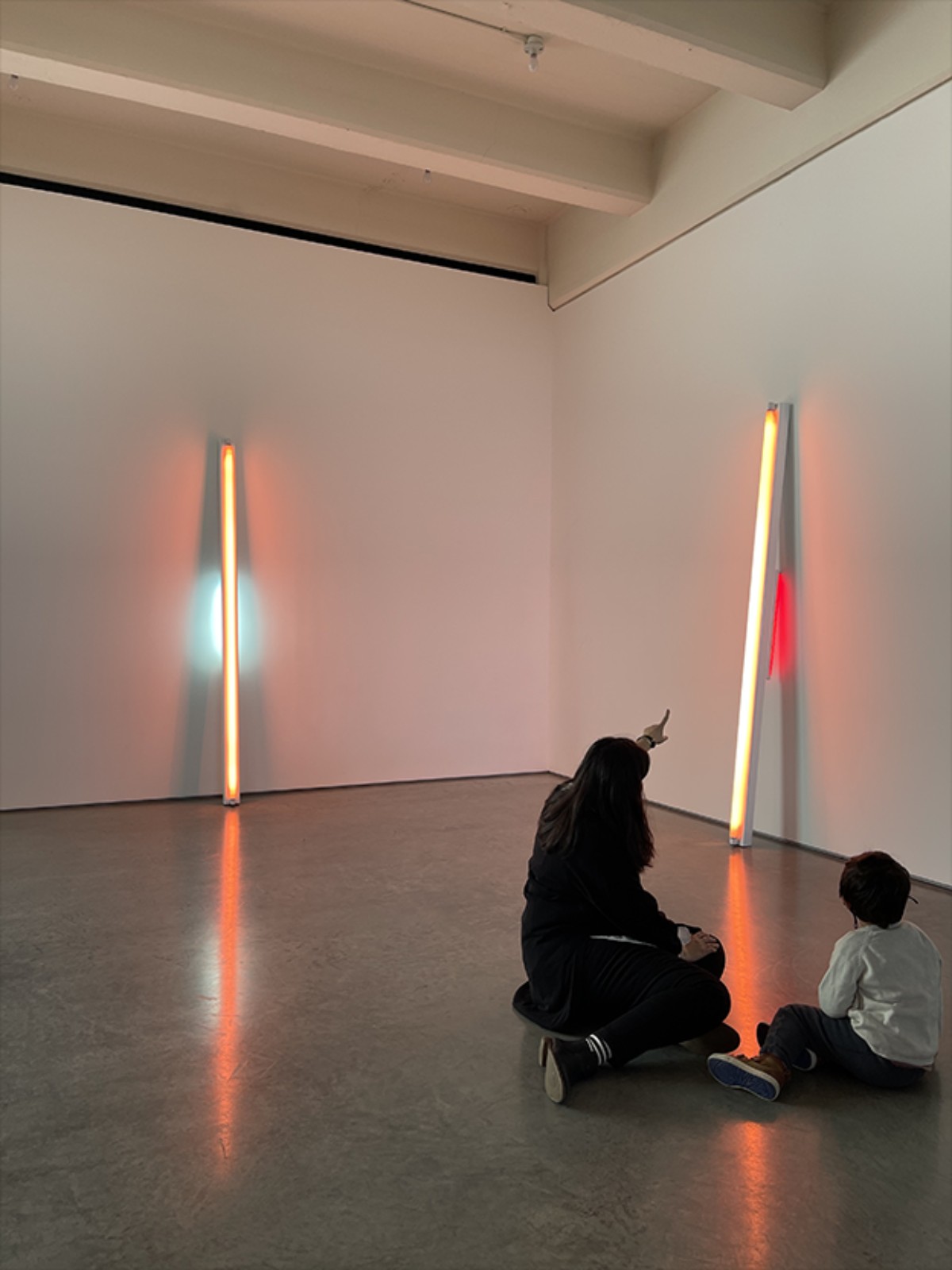This blog post complements episode 6 of our podcast Malted. On the episode, Filippa Christofalou Art and Art Education doctoral student, and Lousia Penfold, Post-doctoral Fellow at Harvard School of Education discuss embodied ways of learning in museums and other informal spaces of learning.
Listen to the podcast below:
In the article Body Based Pedagogy in Museums, Filippa Christofalou, Art and Art Education doctoral student proposes Body Based Pedagogy (BBP)―a practice that unites the visitors’ body, mind, and spirit in an attempt to decolonize museum spaces. Citing the words of Aida Sánchez and Elizabeth Ellsworth among others, Christofalou describes learning as a process of “becoming,” an experience where mind, body, and brain are fused with not just information, but also encounters with art, the surrounding space, and time. As Christofalou argues, museum experiences are often regulated by curatorial decisions, architecture and social norms. Below are three core themes that illustrate what Christofalou describes as the practice of disembodiment in museum spaces:
Body, Architecture, and Power
Christofalou advocates for educational practices that challenge the asymmetrical relationship between learner and environment. “Creating educational opportunities, without incorporating what the architecture and the surrounding environments communicate to the visitors, produces asymmetrical cases of learning, where the museum educator is included in the projected power of the imposing and dominating.”

Hierarchies and Curatorial Narratives
Museum education is often modeled from a curatorial narrative. The visitor’s educational experience is based on discursive activities, thus leaving the body-spirit unaccounted for. “This linear conception of museum education and educational practice perpetuates the power dynamics at play in the museum space where the person who holds knowledge is the curator, the museum educator is the translator, and the museum visitor is the receiver of the information.”
Government of Behavior
Finally, Christofalou notes that galleries are often quiet spaces, with fairly strict expectations of conduct. “This power is enforced by rules posted on signs and labels that read Do not touch and Be quiet.“ Incorporating and valuing a body-mind-spirit pedagogy, one that centers the visitor’s whole self, is essential in disrupting and dismantling “the museums existence as machines of cultural imperialism that hold neoliberal agendas and perpetuate patriarchy, racism, classism and sexism.”
Read the full article here.